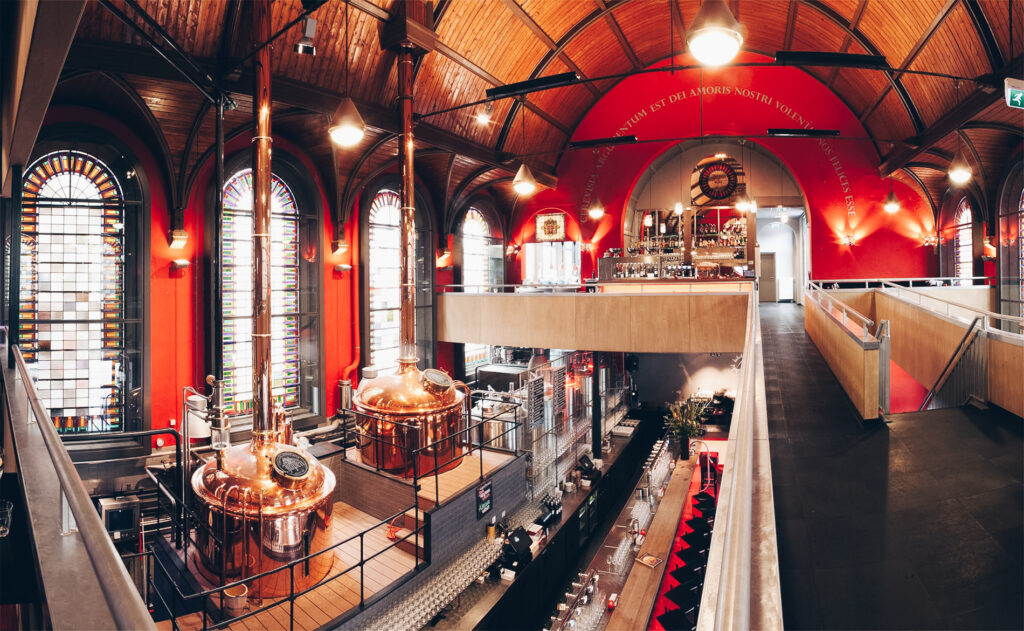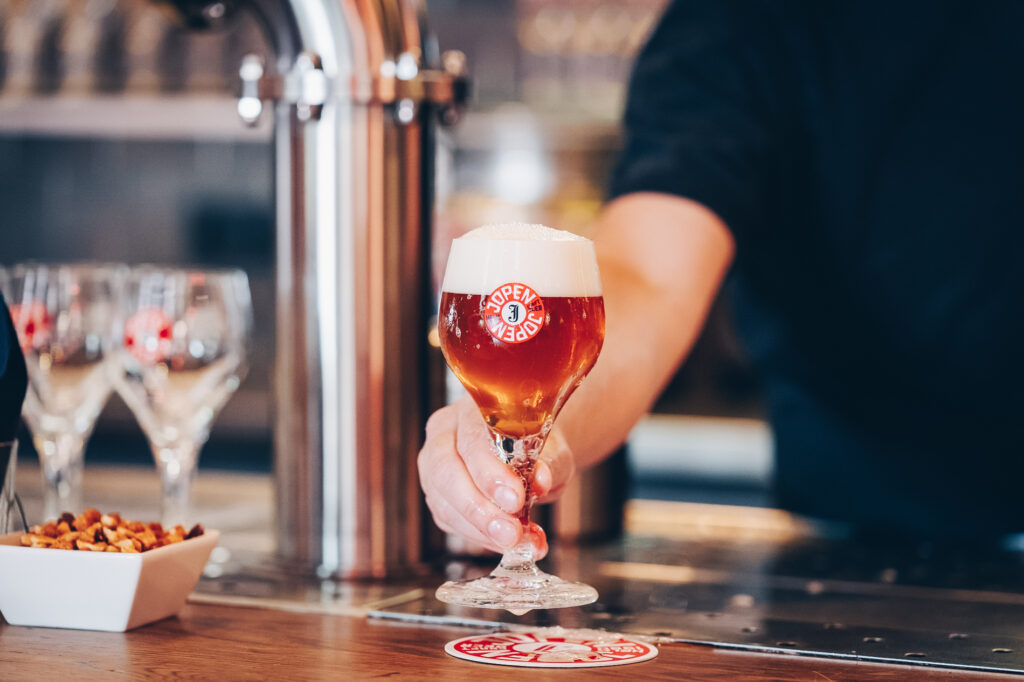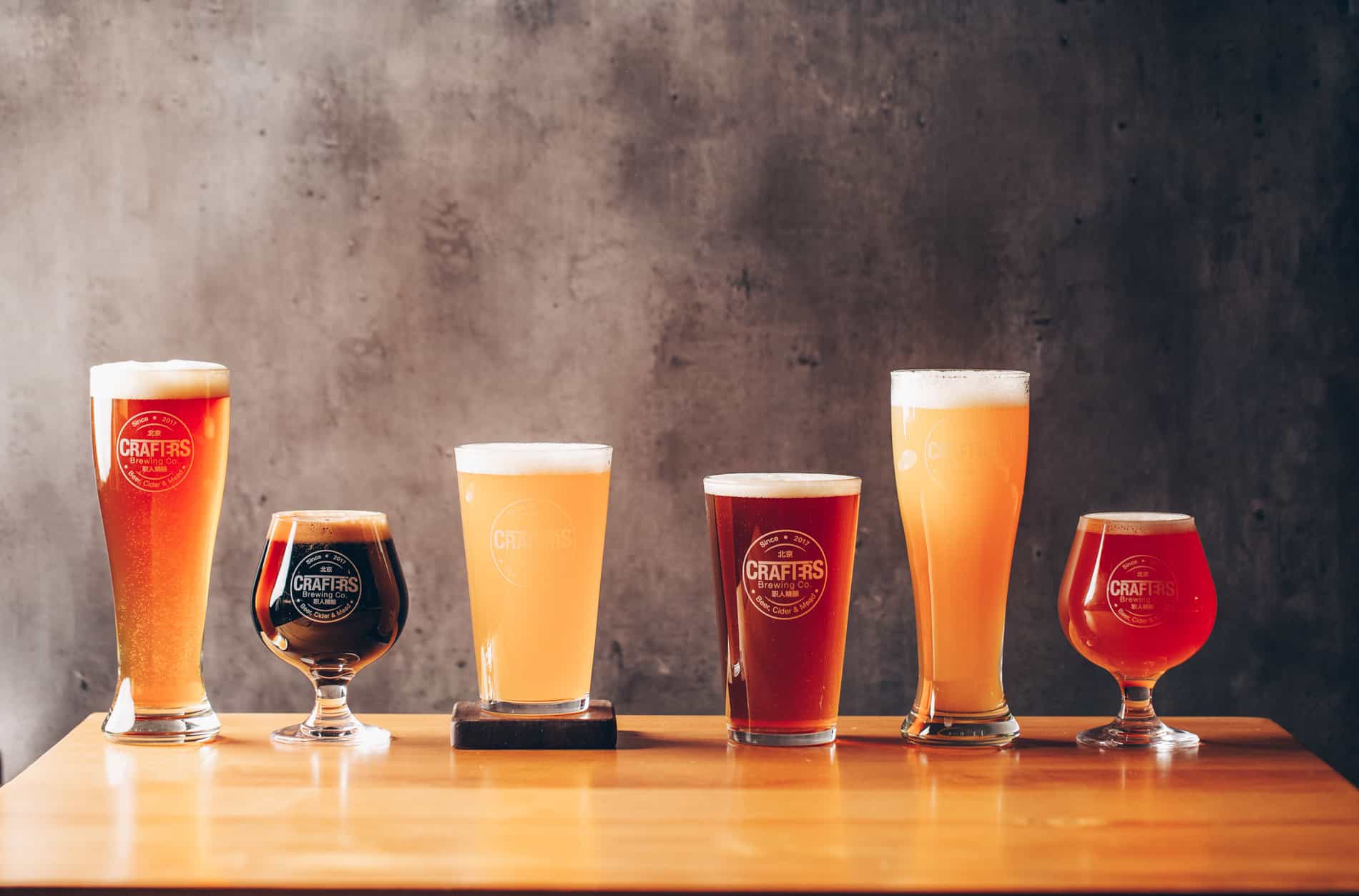Whether savored after a long day at work, at a relaxed barbecue with friends, or a night out at the club, beer is literally on everyone’s lips. The popular drink made of grain, hops, yeast, and water has weathered centuries of traditions, conflict and innovations and has retained its appeal despite the invention of wine, whiskey and cola.
While most people think of medieval monks cloistered in a monastery when they think of the origins of beer, it was actually the Sumerians, around 4000 B.C., who were among the first to experiment with the various ingredients. They looked at the nutritional value of the ingredients rather than their stimulating effect. Later, the fermented mush served as inexpensive food for Roman soldiers, and even the pyramid builders in Giza broke their fast with beer and bread around 2500 BC.
But beer is more than fermented mush. Today, you can enjoy nearly 15,000 different types of brews worldwide, ranging from fresh and tangy to malty and sweet to spicy and tart. There’s even alcohol-free beer or beer with up to 60 percent alcohol. True aficionados don’t just drink it. They admire its different shades, whether light-gold, red and almost black and clarity, whether clear or cloudy.
Whatever your flavor, there’s something for everyone and Europe, as the origin of modern beer making, has a brewing culture as diverse as the different countries where beer is made. We’ve compiled a list of the best hop-based beverages and pubs for you to enjoy like a true connoisseur.
Germany
Germany ranks among the world’s leading beer-producing and beer-consuming nations. The country boasts a rich, centuries-old beer culture with around 1,500 breweries and 6,000 beer brands today, including some of the most popular beers in the world.
Germans prefer the slightly tart Pils, a bottom-fermented beer with aromatic hop notes. But the southern German top-fermented wheat beer is also becoming increasingly popular—filtered as Kristallweizen or unfiltered as Hefeweizen. It derives its characteristic fruity flavor from the added wheat malt.
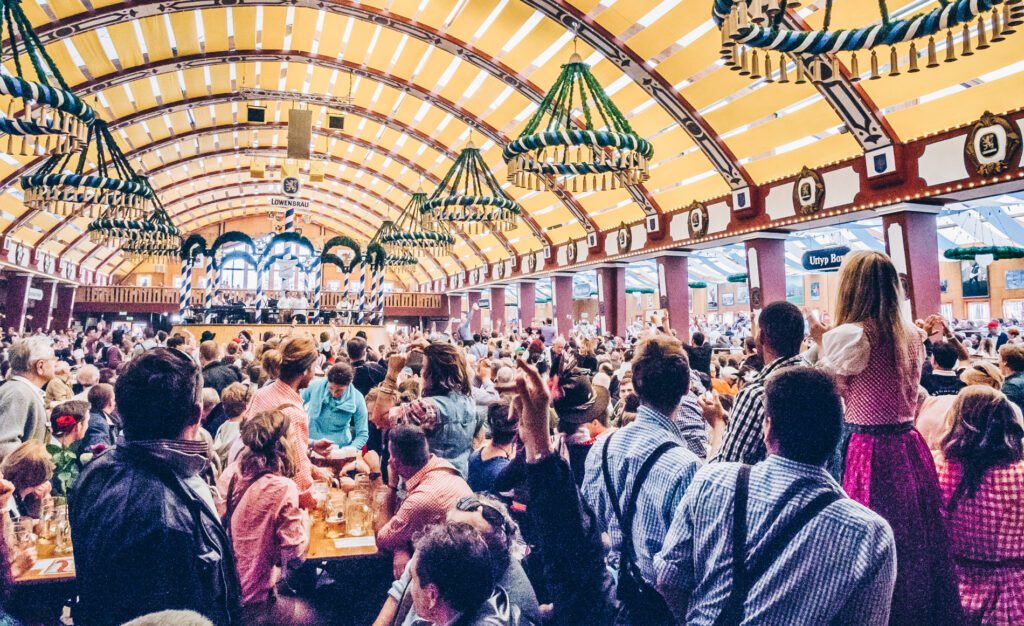
In the German state of Bavaria, beer is considered a staple food and a special cultural asset. Almost half of German breweries are located in the Free State. The famous Purity Law also originated in Bavaria—the base for some of the highest quality beers in the world. Enacted in 1516, the law is one of the oldest food regulations in the world and stipulates that only water, hops and barley may be used.
Beer gardens, which are widespread throughout Germany, also originated in Bavaria in 1812. Probably the oldest, still in existence today, is Augustiner Keller in Munich. Find a shady spot under one of the mighty chestnut trees and enjoy a Maß (a liter beer mug) of freshly tapped lager. Accompany it with fried chicken or a hearty snack of Obazda (a mixture of Camembert, butter and paprika powder). But even at a traditional Weißwurst breakfast, a wheat beer is not to be missed, along with pretzels and sweet mustard. At the beer garden, everyone is equal and the open-air seating affords ample opportunities to relax with family and friends.
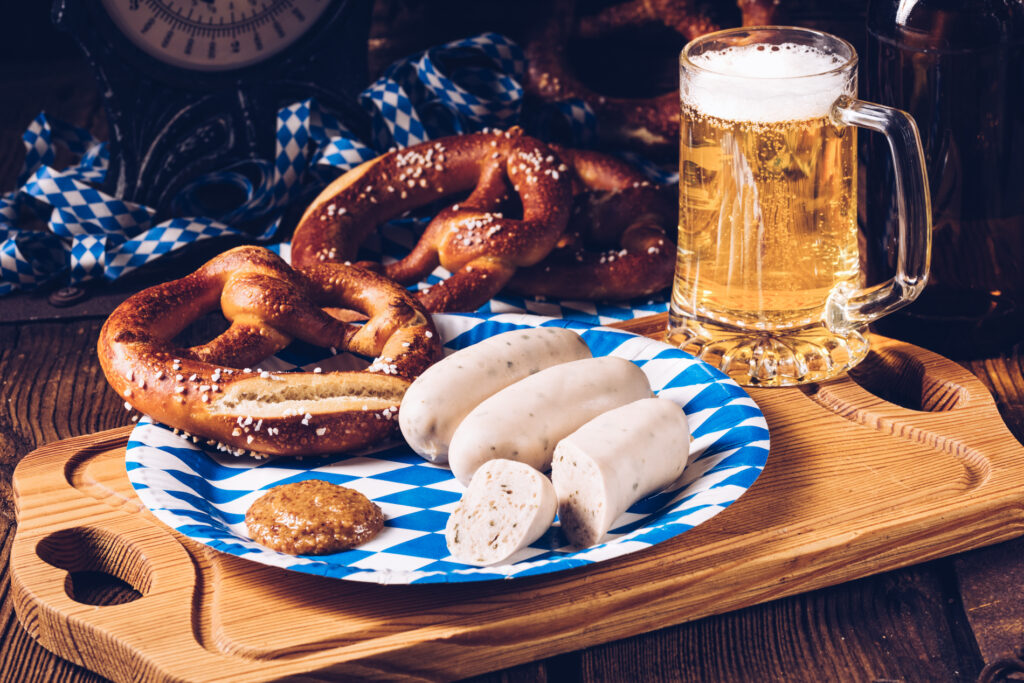

The world-famous Oktoberfest takes place every year in Munich, the capital of Bavaria. Since 1810, the world’s largest folk festival has attracted millions of visitors, who come in traditional costumes (dirndl and lederhosen) from all over the world. The keg of Oktoberfest beer brewed especially for the occasion is tapped with a celebratory O’zapft is! In 2019, nearly 7.5 million liters of beer were served to thirsty, happy patrons.
But other regions also boast unique beers. In Cologne, Kölsch is popular—a light, pale full-bodied beer, traditionally served in the slim, cylindrical Stange (0.2-liter glass). In Düsseldorf, they serve tart, fruity Altbier. Be sure to try it at “the longest bar in the world,” a kind of microcosm of 260 pubs in Düsseldorf’s old town. In Berlin, it’s a sour, cloudy wheat beer, which became fashionable around 1600. As Weisse mit Schuss with woodruff and raspberry syrup, it’s a real classic on hot summer days—for example, in a deck chair on Berlin’s Wannsee lake. Prost!
Czech Republic
In the Czech Republic, Pivo (beer) represents more than just a drink—it’s a part of the country’s heritage and culture. The country is one of the world’s leading beer producers and consumes the most beer per capita!
Pale Pilsner with bitter hop notes dominates the Czech brewing tradition. Staropramen, Pilsner Urquell and Budweiser (not to be confused with the American beer brand) are among the most drunk beers in the Czech Republic and among the most popular internationally.

Although hops were shipped from Bohemia to Bavaria and across the Elbe River to the Hanseatic cities of Germany as early as the 10th century, Czech beer didn’t begin its international triumph until the 19th century. With the aim of brewing a bottom-fermented, modern beer of high quality, the Bavarian Josef Groll was appointed master brewer of the city of Plzeň (Pilsen) in 1842. Shortly thereafter, the golden-yellow, hoppy Pilsner Urquell was born. The beer named after the city quickly became an export hit. To this day, Pilsen-style beer is one of the best-selling and most popular beers globally.
And where better to celebrate this hoppy thirst quencher than at the annual Pilsner Fest? Every October, the Pilsner Urquell Brewery hosts a festival in Pilsen with concerts, beer tastings and entertainment. Mingle with the crowd, learn the craft of coopering and dance to the best bands in the Czech Republic. Take a tour of the famous brewery and explore the world of brewing and tapping, wander the 6-miles-long historic lagering cellars with giant oak barrels, or taste your way through the delicious, tart beers.


To build a good foundation and immerse yourself in the country’s extended beer culture, stop into one of the traditional beer pubs. In the quaintly furnished vaults or wood-clad lounges, you’ll not only find very affordable drafts (about 1.20 dollars for a beer), but also hearty Czech food. How about roast pork with sauerkraut and bread dumplings at Mansfelda or beer goulash soup at Na Parkánu, both in downtown Pilsen? Find a seat at the counter and you’ll quickly make friends with the locals. Na zdraví!
Belgium
With more than 1,000 different types of beer, Belgian beer culture is one of the most diverse in the world. In 2016, UNESCO even designated Belgian beer as the only beer on UNESCO’s intangible cultural heritage list.
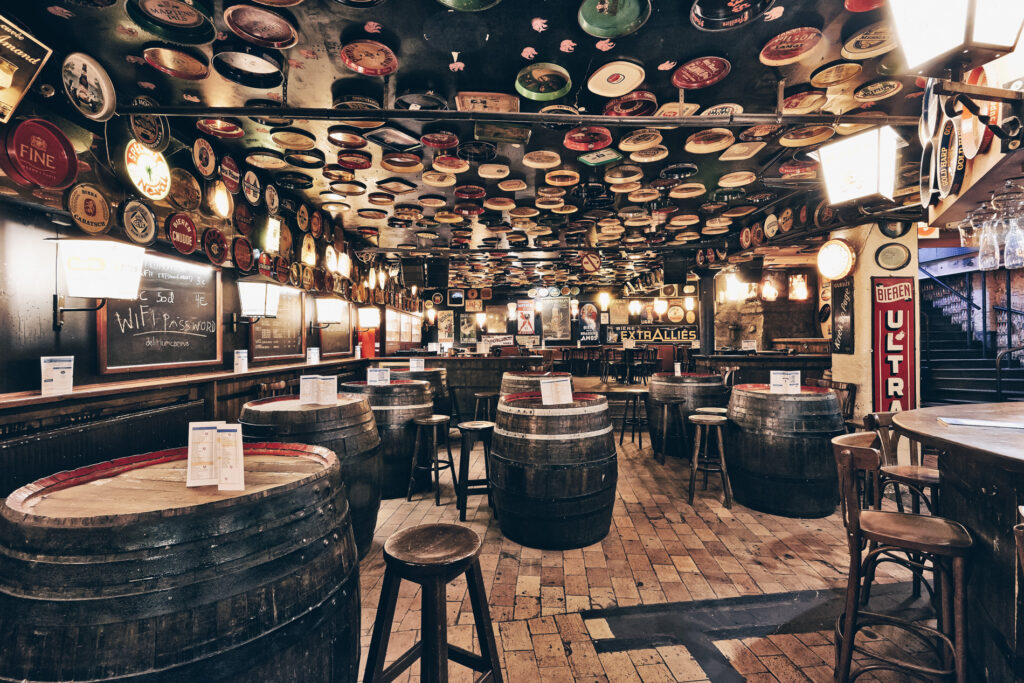
In addition to bottom-fermented beers such as Pilsner or top-fermented beers such as Amber or IPA, Belgium is best known for its spontaneous-fermenting beers—such as its strong-character Lambic. During production, the active addition of yeast gets dispensed with. Instead, the brew containing the beer wort sits open for a few hours to capture yeasts from the air. Afterwards, it ages in oak or chestnut barrels until spontaneous fermentation is complete—which can take months to years. Lambic qualifies as one of the oldest beers in the world.
Geuze represents another Belgian beer specialty, created by blending one- to three-year-old lambics. Unlike lambic, geuze undergoes a second fermentation in bottles with corks that are stored for about two years, similar to champagne.
You can try these and many more beers, for example with added coriander or fruit concentrate, in the beer cafés of Belgium. Each beer comes in a perfectly matched glass that brings out its aroma to the fullest. The wide selection (many cafes feature around 50 beers) can be a bit overwhelming, but the trained staff will help you out. Depending on your preference, your dish, or your mood (yes, you read that right), they’ll recommend the right beer—just as you know from other countries with wine.

Thanks to the Lambics’ proximity to their home in the Senne Valley, expect the greatest variety in and around Brussels. Our favorite in the Belgian capital is the Délirium Café, which has held the record for the most beers offered since 2004. In this quaint pub, even those who don’t really like any beer will find the perfect match. The rich collection of beer-related souvenirs, trays and advertising signs will make your visit a holistic experience. Proost and Santé!
Ireland
Ireland can look back on a long brewing tradition, which may not be able to keep up with that of whiskey in terms of time, but definitely in terms of taste. When you think of Irish beer, you immediately think of a dark, opaque beer with a velvety head, served in a classic pint. The top-fermented stout (actually stout porter) delights its fans with its finely bitter roasted malt aromas.
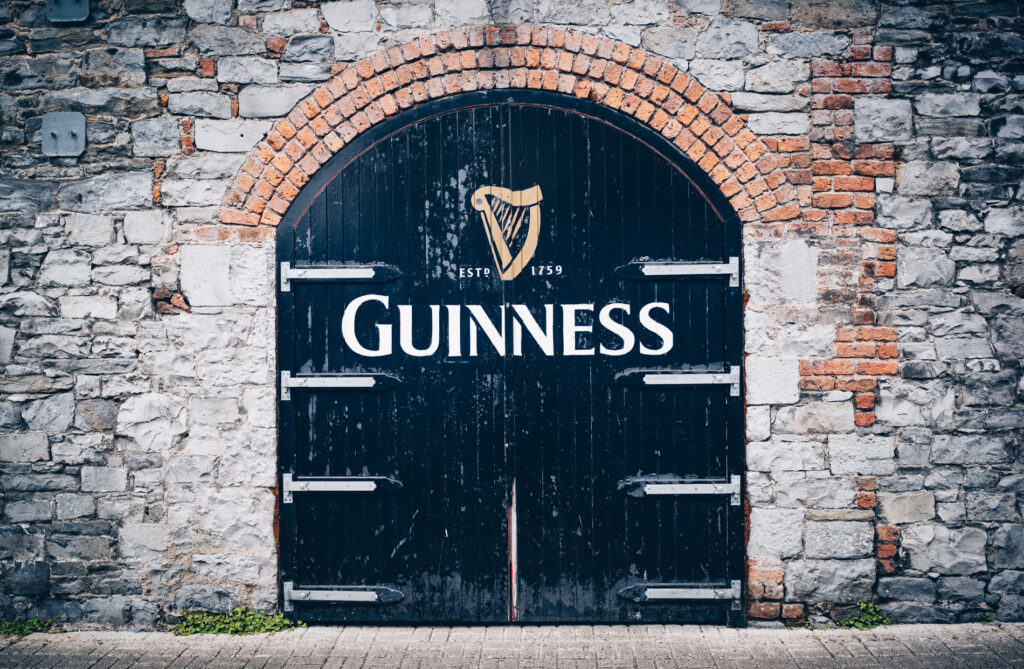
In 1759, the most famous Irish Dry Stout started its worldwide triumphal journey to almost 120 countries. Arthur Guinness, founder of the brand, leased the brewery at St. James’s Gate, Dublin,…for 9,000 years! Although Guinness initially refused to advertise, the beer’s popularity grew rapidly and by 1886 the brewery was the largest in the world.
The unique taste of Guinness comes from malted barley and roasted unmalted barley, as well as a blend of freshly brewed and aged beer. The typical head is created by nitrogen and carbon dioxide enrichment when served.
St. James’s Gate Brewery remains one of Dublin’s most popular attractions. In an interactive exhibition on seven floors surrounding a glass atrium in the shape of a pint, you can learn all about the history and brewing process of Guinness. But the secret highlight is the 360-degree view over the Irish capital from the top floor.
Guinness is omnipresent in Irish culture. The beer serves as an additive to numerous dishes, the yeast extract as an ingredient in various barbecue sauces as well as in Marmite, the brand as a decoration in pubs and, last but not least, Guinness also founded the Guinness Book of Records. Published annually since 1955, the collection of human feats and natural phenomena was originally intended to help settle inflaming disputes in pubs.

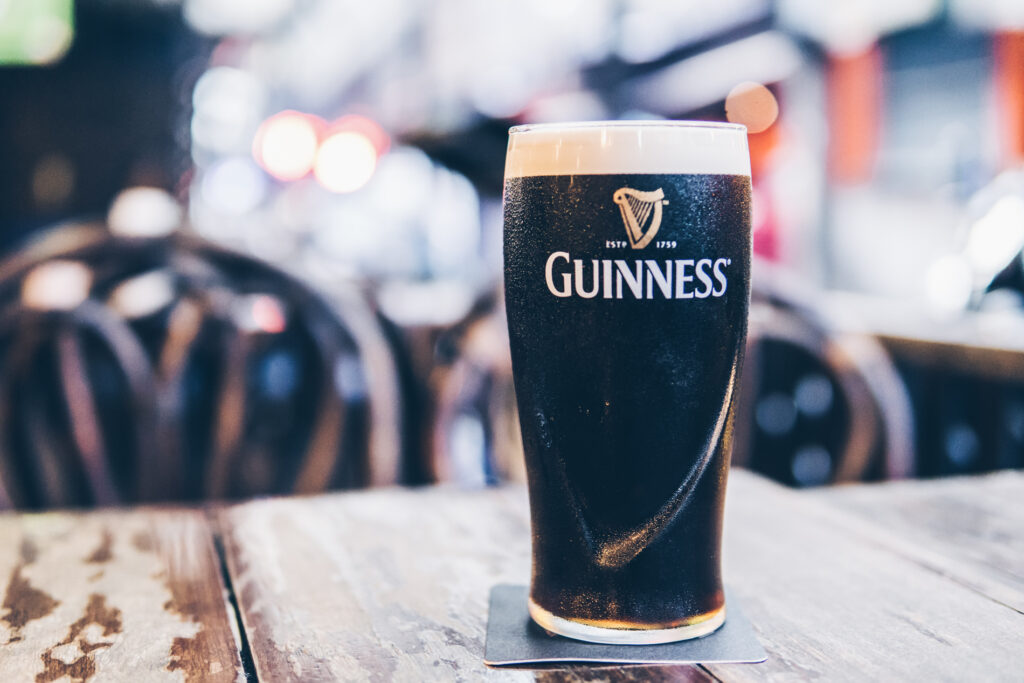
The heart of Ireland’s beer culture centers around lively pubs (actually public houses), which many Irish people consider their second living room. Live bands playing Irish folk are as much a part of the pub as the quaint, cozy décor with dark wood. In a relaxed atmosphere, people talk, laugh, dance (sometimes on the tables) and sing at the top of their voices. You go in as a stranger and come out as a friend. Sláinte!
Craft beer bars worldwide
Craft beers are the new star on the beer horizon. The beers are produced by hand, i.e. not on a large industrial scale. Creativity knows no bounds. The small breweries fall back on old, almost forgotten recipes or experiment with new, unconventional variants.
When the home brewing ban was dropped in the United States in 1978, it provided the impetus for the movement that’s so popular today. The aim was to create high-quality alternatives to the beers perceived as watery and tasteless on the post-Prohibition American market. By 2015, there were already more than 4,000 brewpubs, microbreweries, and regional craft breweries in the U.S. that drew on European brewing traditions. The trend soon spilled over into Europe, and now there are craft beer festivals, stores specialized in craft beer, and international competitions.
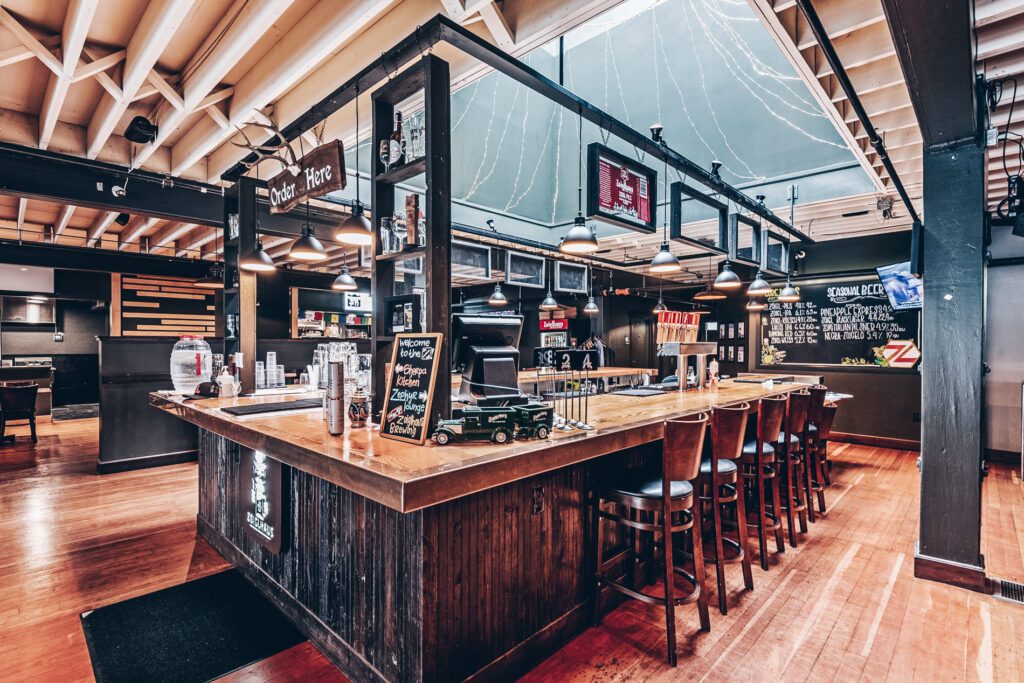
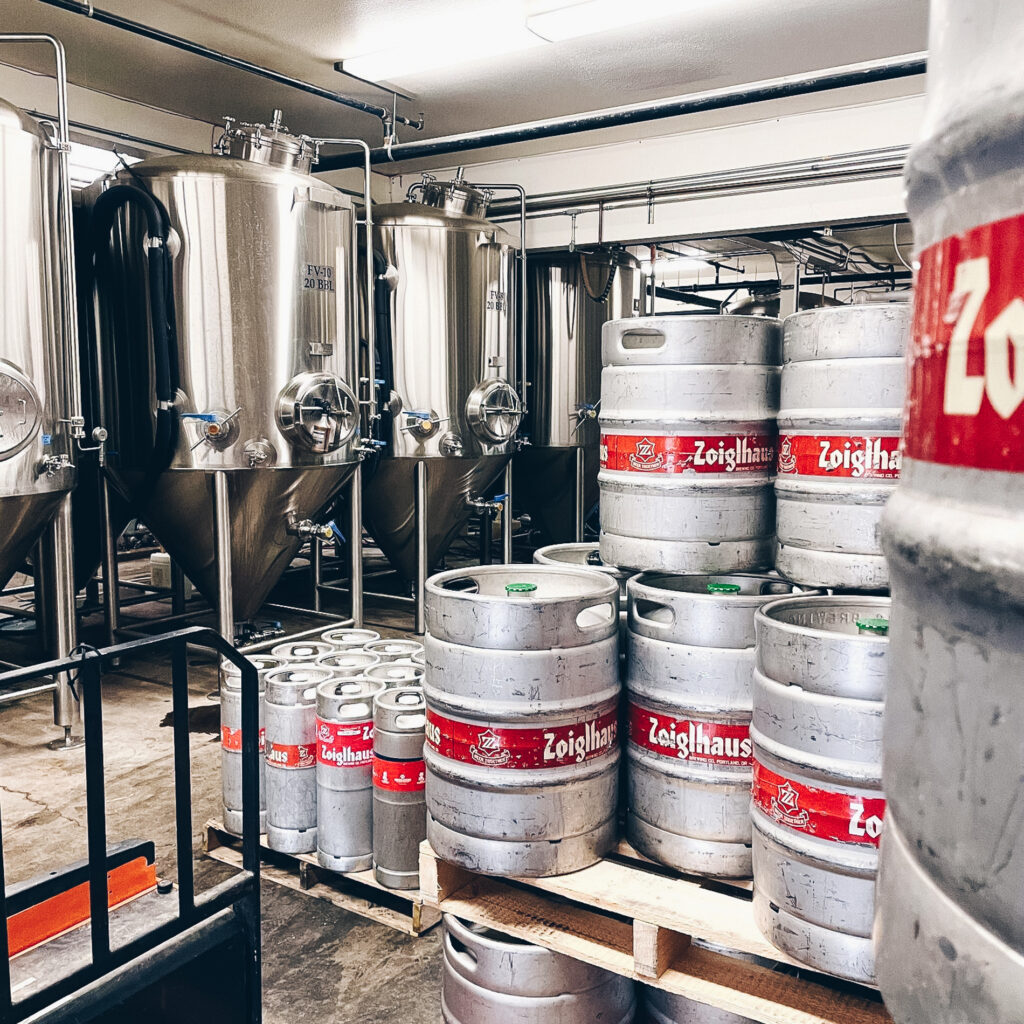
Zoiglhaus in Portland, Oregon, brings German craft brewing to the United States. From craft-brewed North German Pilsner and Bavarian Hefeweizen to highly awarded Kölsch and dark Czech lager, there’s nothing left to be desired. For refreshment, classic German dishes are served. The successful mix of clean modernity, classic beer garden furniture and Oktoberfest tent provides the right ambience to unwind.

Straßenbräu in hip Friedrichshain in the German capital of Berlin started out as a small pub. Since 2015, it offers weekly changing craft beers, which until recently were brewed on site. So it could happen that you sat on a barrel of floral-spicy Pale Ale or between the fruity “Berry Garden” and the brewing equipment. The combination of personality and pretty-imperfect paired with delicious beers and a lot of expertise attracts guests in droves.
Jopen Brouwerij in Haarlem, the Netherlands, specializes in reviving regional recipes. It was sparked by the discovery of two original recipes for Haarlem beers in the city archives, one of them from 1407, and the beers based on them won two silver medals at the World Beer Championship back in 2008. You can sample the beer in an unusual setting, the Jopenkerk, among shining copper kettles and gleaming stained-glass windows. In 2010, the brewery moved into the old church, which is now home to a café and restaurant in addition to the brewery. Cheers!
